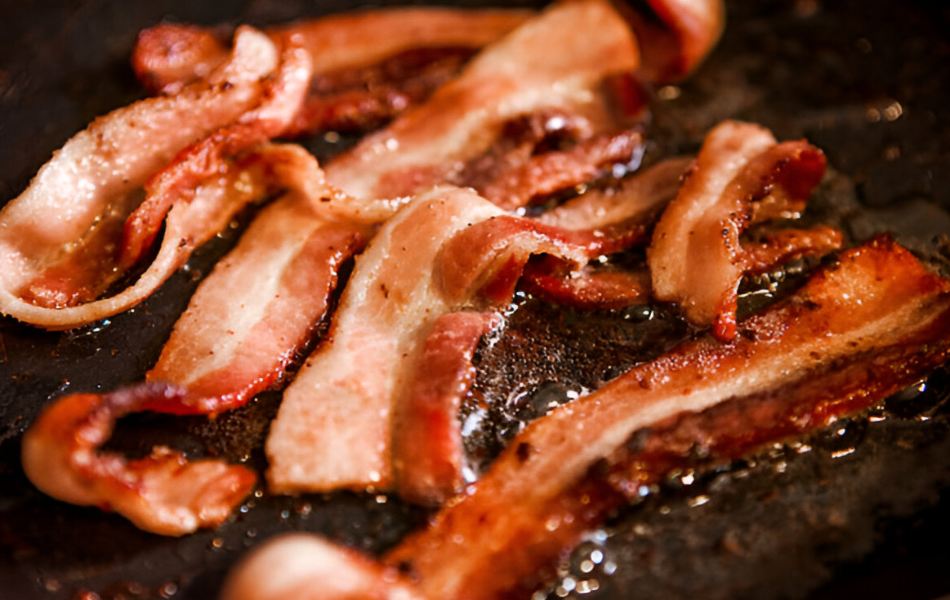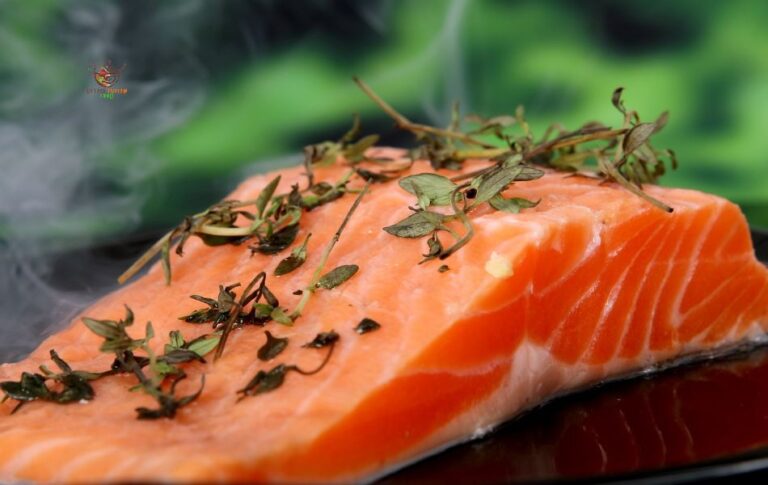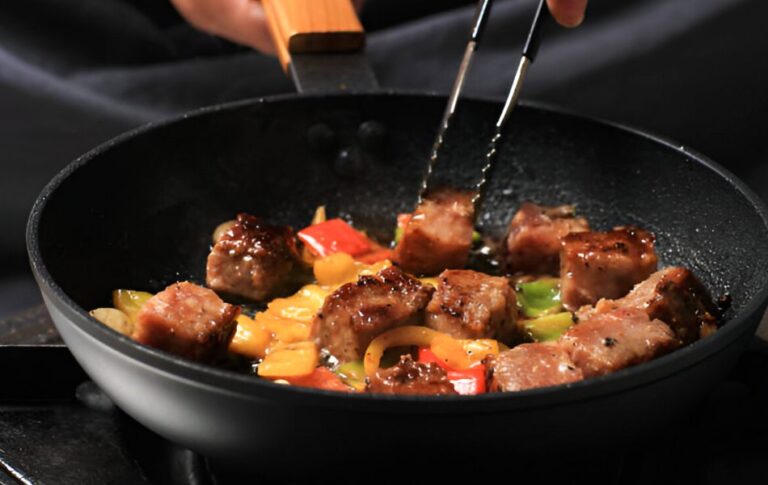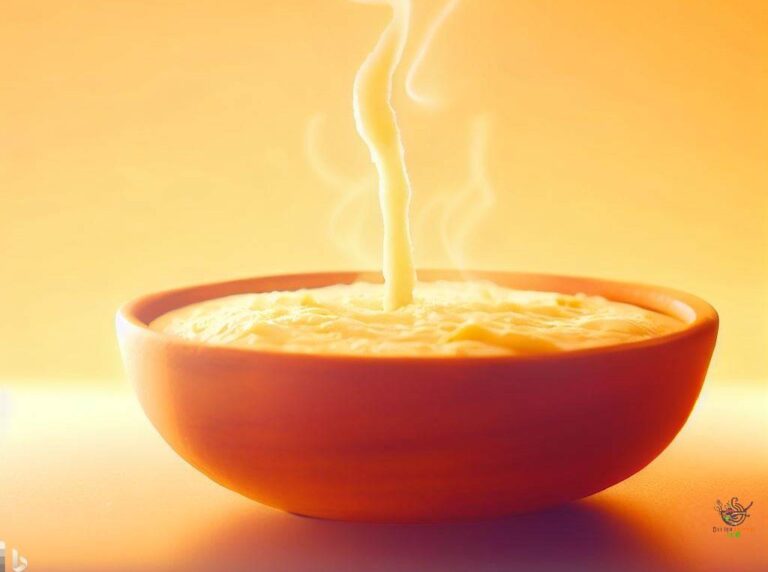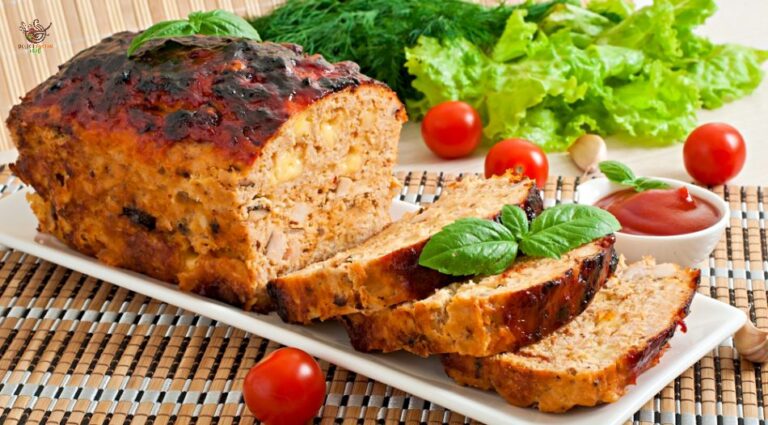Art of Cooking Bacon: Expert Tips for Perfect Results Every Time
Bacon lovers, rejoice! If you’ve ever wondered how to get your bacon perfectly crispy, evenly cooked, and utterly irresistible every single time, you’re in the right place.
From stovetop to oven and even alternative methods (air fryer, anyone?), we’ll cover all the tips and tricks to make your bacon cooking a breeze. By the end, you’ll not only wow your taste buds but impress your family and friends as well.
Why Learning to Cook Bacon Matters
Cooking bacon sounds easy, but getting it right takes a little know-how. Undercooked, overly greasy, or inconsistently crispy bacon can take the enjoyment out of your breakfast or any dish it’s paired with.
With the right tips, though, bacon can become the star of any meal.
Perfect bacon:
- Boosts your cooking skills
- Adds big flavor to your recipes
- Gives you great texture every time
Now, let’s break down some simple ways to cook bacon like a pro.
Pro Tips For Cooking Bacon
1. Choose the Right Type of Bacon
The first step to cooking bacon is choosing the right type. There are various cuts of bacon available, including regular, thick-cut, and center-cut. Each one offers a different texture and flavor, so select the one that suits your taste preferences.

- Regular Bacon: This is your standard bacon, thin and crispy when cooked. It’s perfect for those who love a crisp texture with a bit of chew.
- Thick-Cut Bacon: This bacon is thicker and can offer a chewier texture while still becoming crispy.
- Center-Cut Bacon: If you’re looking to reduce fat but still get the classic bacon flavor, center-cut bacon is a great choice. It has less fat and still cooks well.
Pro Tip: Look for bacon with more lean meat than fat. A balanced meat-to-fat ratio ensures crispy yet meaty slices.
2. Prepping Bacon for Cooking
How you prepare your bacon makes a big difference. It’s a misstep that trips up a lot of home cooks.
Don’t Cook Cold Bacon: Cold bacon from the fridge may cook unevenly. Allow it to come to room temperature (about 10-15 minutes) before cooking for better results.
Separate Your Slices: If the bacon is tightly packed, gently separate the slices. This helps each piece cook evenly and avoids sticking.
Pro Tip: Pat your bacon dry with a paper towel if it feels moist or oily. This step prevents excess splattering during cooking.
3. Use a Cold Pan to Start Cooking
When it comes to cooking bacon, starting with a cold pan is one of the best tips for even cooking. Many people make the mistake of placing bacon into a hot pan, which can cause it to cook unevenly.
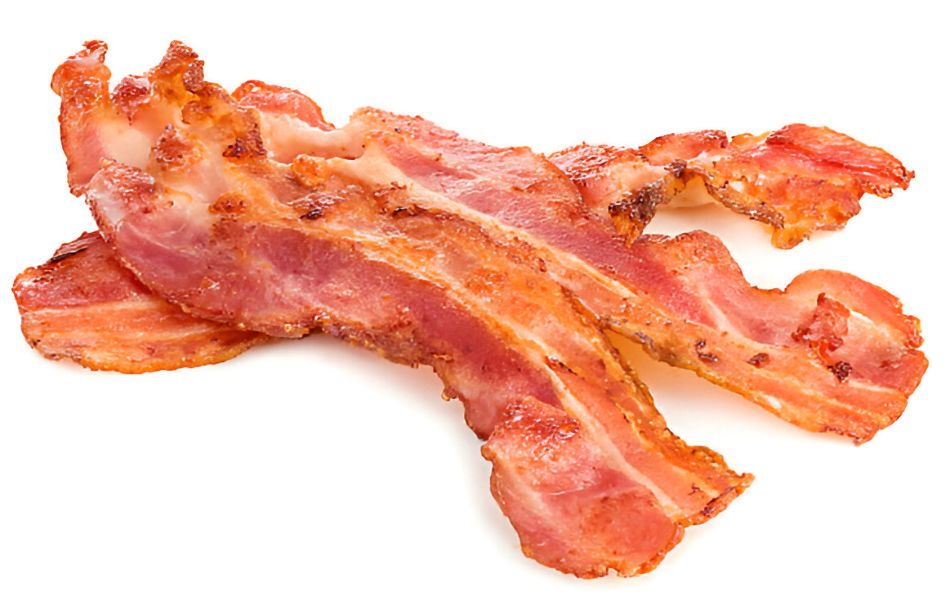
- Why a cold pan?
Placing bacon in a cold pan allows the fat to slowly render out, which helps the bacon cook evenly and become crispier without burning. This slow-cooking method ensures that each strip of bacon has a chance to crisp up properly.
To use this method, lay the bacon strips flat in a cold pan, making sure they don’t overlap. Then, turn the heat to medium. As the pan heats up, the bacon will begin to sizzle and release its fat.
4. Cook on Low to Medium Heat
Cooking bacon over low to medium heat is key to achieving that perfect balance of crispiness and tenderness. High heat can cause the bacon to cook too quickly on the outside while remaining undercooked inside.
- Why Low and Slow?
Bacon contains a lot of fat, and rendering that fat at a slow pace ensures the bacon crisps evenly without burning. On medium heat, you have more control over the cooking process, and you’ll end up with crispy, evenly cooked bacon every time.
Start with medium heat, and as the bacon cooks, reduce the heat if necessary to avoid burning.
5. Flip the Bacon for Even Crispness
While bacon is cooking, it’s essential to flip the strips to ensure they cook evenly. Bacon tends to curl up on the edges, which can result in uneven crispiness. By flipping the bacon halfway through cooking, you allow both sides to get that perfect crispy texture.
- When to Flip?
A good rule of thumb is to flip the bacon every 3-4 minutes. This will help it cook uniformly and prevent some parts from being too crispy while others are undercooked.
If you’re cooking thick-cut bacon, you may need to flip it a little more frequently since it takes longer to cook through.
6. Use Paper Towels to Drain Excess Fat
After the bacon is cooked to perfection, carefully lift it from the pan. To prevent your bacon from becoming greasy, place it on a plate lined with paper towels. The towels will absorb excess fat, leaving you with crispy, dry bacon that isn’t overly greasy.
- Why Drain Fat?
Draining bacon helps to keep the texture crispy. If you leave the bacon sitting in its fat, it can become soggy. For extra crispiness, consider placing your cooked bacon on a wire rack set over a plate, which allows air to circulate around the bacon, preventing it from getting soggy.
The Ultimate Bacon Cooking Methods
1. Stovetop Cooking
Classic and quick, the stovetop is perfect for small batches.

- Use a Cold Pan
Place your bacon in a cold skillet. This allows the fat to render as the pan heats up, giving you evenly cooked, crispy strips. - Cook on Medium Heat
Steer clear of using high heat, as it can char the bacon before it cooks through. Flip the strips now and then to ensure they cook evenly. - Drain Excess Grease
If there’s too much grease in the skillet, carefully spoon some out or tilt the pan when flipping.
Best for: Breakfasts or when cooking only a few slices.
2. Oven Baking
For larger batches, the oven is your go-to method.
- Preheat the Oven to 400°F (200°C)
Cover a baking sheet with parchment paper or foil to make cleaning up easier. - Lay Bacon Evenly
Arrange the bacon slices flat on the tray, making sure they don’t touch or overlap. Placing a wire rack on the baking sheet lets the fat drain off, resulting in extra-crispy bacon. - Bake for 15-20 Minutes
Watch closely toward the end of the cooking time to prevent them from burning.
Best for: Feeding a crowd or when you want hands-free cooking.
3. Air Fryer Method
Air fryers can deliver next-level crispiness in record time.
- Preheat to 350°F (175°C)
- Layer Carefully
Arrange bacon in a single layer in the basket. Depending on the size of your fryer, you might need to cook the bacon in multiple batches. - Cook for 8-10 Minutes
Flip halfway through for even crispiness.
Best for: Quick, super-crispy bacon with minimal grease.
4. Microwave Hack
When you’re in a hurry, the microwave can save the day.
- Layer Paper Towels and Bacon
Place a few paper towels on a plate, then lay the bacon strips on top. Add another layer of paper towels. - Microwave for 3-5 Minutes
Cook time depends on the wattage of your microwave and the thickness of your bacon. Adjust accordingly.
Best for: Quick fixes or when you’re short on time.
Common Mistakes
Nobody’s perfect, but here’s how to dodge the most common bacon blunders:
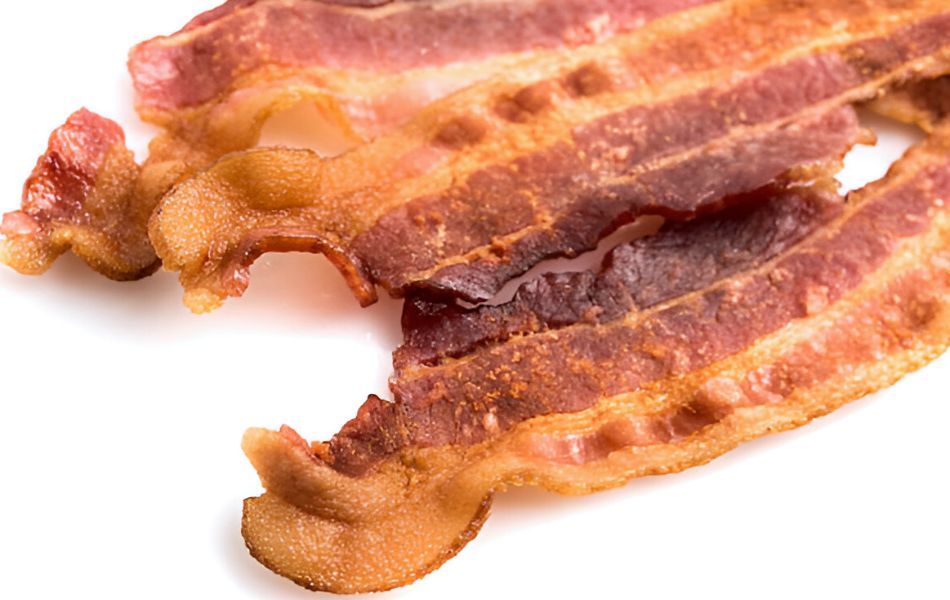
- Overcrowding the Pan
Give each slice some breathing room. Overlapping leads to uneven cooking. - Using Too High Heat
This not only burns your bacon but can lead to excess splattering and a smoky kitchen. - Skipping Cleanup Prep
Always line pans with foil or parchment paper, and keep a splatter guard handy for stovetop cooking.
Pro Tip: Save the rendered bacon grease in a jar. It’s liquid gold for frying eggs or adding flavor to vegetables.
Infuse More Flavor into Your Bacon
Want to elevate your bacon game? Try these expert tips:
- Season the Strips: Sprinkle black pepper, brown sugar, or a pinch of paprika on your strips before cooking.
- Glaze It: Brush on maple syrup or a honey-mustard mix halfway through cooking for a caramelized touch.
- Add Smoky Flavor: If you’re baking, toss wood chips into a smoker box to provide that campfire-like aroma.
Pair Your Bacon Like a Pro
Bacon is great by itself, but when combined with the right dishes, it shines:
- Breakfast Spread
Serve with fluffy scrambled eggs, crispy hash browns, or pancakes drizzled in syrup. - Salads and Sandwiches
Add crumbled bacon to Caesar salad or layer it onto a turkey club sandwich. - Desserts
Yes, bacon belongs in desserts too! Chocolate-dipped bacon or bacon maple bars are surprisingly delicious.
See Also – Best Substitutes for Bacon Grease
Conclusion
Cooking bacon to perfection is a skill that can be easily mastered with the right techniques. Whether you prefer it crispy, chewy, or somewhere in between, following these cooking bacon tips will help you achieve the best results every time. From choosing the right type of bacon to flipping it for even crispness, these simple steps can make all the difference. So, next time you cook bacon, remember these tips, and enjoy crispy, delicious bacon in no time!

